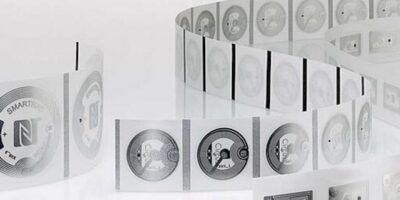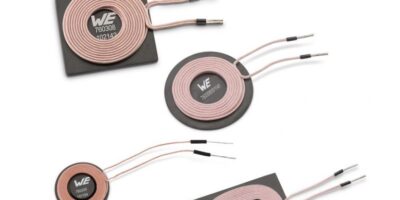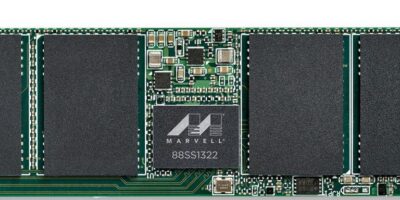RFID technology and IoT specialist, Smartrac has launched the Pro series of NFC tags and inlays. The Circus Pro NFC tag, equipped with NXP’s NTAG 424 DNA IC, will be the first member of the new product series optimised for highly secure product authentication.
By embedding Circus, or subsequent Pro inlays or tags, into physical products, customers can turn products into secure digital platforms. Smartrac says they can deliver value during the product lifetime, from point of manufacture, through the supply chain, distribution channels, point of sales, customer use, to reselling and recycling. Secure product authentication protects against counterfeiting and diversions and also provide exclusive content and rewards for consumer engagement and customer loyalty programs.
“As the number of connected objects is expected to reach a record 40 billion by 2022, organisations of all sizes are seeking not just feature-rich, connectivity solutions but ones that can securely protect their brand, their products, and their customers,” said Philippe Dubois, vice president and general manager of IoT Security, Smart Mobility and Retail at NXP.
Smartrac’s Circus Pro inlays and tags with NXP’s NTAG 424 DNA ICs work with all NFC-enabled devices and support real-time tag and message authentication based on AES-128 encryption on attack-resistant certified silicon. The secure unique NFC (SUN) authentication enables authentic, integrity protected and confidential data exchanges between tags and servers. This high-end security IC offers enhanced privacy features and a sensitive on-chip data storage, says Smartrac, protected by a sophisticated three-pass mutual authentication scheme.
Future Pro features and options will include different security layers, allowing customers to enable secure product authentication for a range of applications. Smartrac will soon introduce further Pro versions of its popular NFC inlays and tags such as Bullseye and Midas, the company confirmed.
NFC-based secure product authentication can be achieved through a choice of verification services to comply with individual customer requirements. The secret keys cannot be copied or tampered and physical product authenticity can be proven once the Pro inlays and tags are irremovably embedded into or attached to the physical product.
Smartrac’s Circus Pro NFC inlays and tags with NTAG 424 DNA will become available in large quantities in Q3 2019 as wet inlays and the Circus Pro Flex wet inlays, which come with an additional protective layer for the IC and antenna connection area for enhanced durability.






